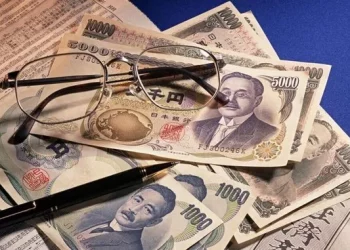The Indian Rupee (INR) strengthened on Friday, buoyed by robust domestic markets and increased foreign fund inflows. However, month-end demand for the US Dollar (USD) from importers could limit further appreciation. Additionally, US President Donald Trump’s recent decision to impose a 25% tariff on automotive imports, set to take effect on April 2, may bolster the Greenback, exerting pressure on the Indian currency. Rising crude oil prices also pose a risk for the INR, as India remains the world’s third-largest oil consumer.
Market Watch: Key Economic Factors in Play
Investors are closely monitoring the US February Personal Consumption Expenditures (PCE) data, set for release later on Friday. The report is expected to provide insights into potential Federal Reserve (Fed) rate cuts after last week’s decision to keep interest rates unchanged.
The Indian economy is projected to grow at 6.5% in FY25, despite external challenges, according to the Department of Economic Affairs (DEA) under the Ministry of Finance. However, reports from Le Monde suggest that Trump’s warning of a 25% tariff on all goods from nations importing Venezuelan oil or gas could have severe economic repercussions for India.
Meanwhile, fresh data from the Bureau of Economic Analysis on Thursday revealed that the US economy expanded at an annualized rate of 2.4% in the final quarter of 2024, slightly exceeding previous estimates.
USD/INR Trends: Rupee Strengthens but Resistance Levels in Focus
The Indian Rupee remains in positive territory against the USD, with the bearish outlook for the USD/INR pair persisting. The pair is currently trading below the key 100-day Exponential Moving Average (EMA), reinforcing the downward bias. The 14-day Relative Strength Index (RSI) remains near 31.0, indicating the potential for further losses.
Key support for USD/INR stands at 85.56 (March 26 low), with further downside targets at 84.84 (December 19 low) and 84.22 (November 25 low). Conversely, resistance lies in the 85.90-86.00 zone, aligning with the 100-day EMA and a psychological threshold. A breakout above this range could push the pair towards 86.48 (February 21 low) and possibly 87.00.
While the Rupee currently benefits from strong inflows, risks such as US trade policies and rising crude prices could test its resilience in the coming weeks.
Related Topics:


























